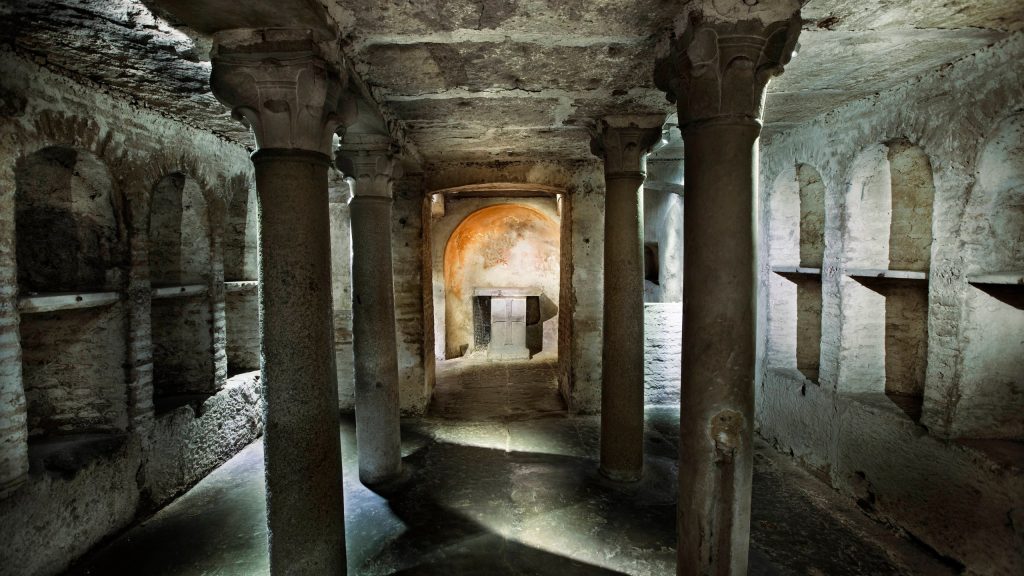Tunnels and Underground Spaces: Unveiling the Hidden Depths
Beneath the bustling city streets lie a world shrouded in darkness, mystery, and intrigue. Tunnels and underground spaces have long captivated the imaginations of urban explorers, historians, and adventurers alike. These hidden realms offer a glimpse into forgotten histories, secret passageways, and often serve as conduits for essential infrastructure.
Urban exploration has gained popularity in recent years as enthusiasts seek to uncover these hidden treasures. From abandoned subway tunnels to forgotten catacombs, each underground space possesses its own unique story waiting to be discovered.
One of the most iconic examples of an underground space is undoubtedly found beneath our feet – subways. These vast networks of tunnels crisscrossing cities around the world carry millions of commuters daily. However, beyond their utilitarian function lies a rich history worth exploring.
Take New York City’s abandoned City Hall subway station as an example. This exquisite station was built in 1904 but closed down due to platform length limitations that couldn’t accommodate modern trains. With its grand arches and ornate detailing reminiscent of a bygone era, this hidden gem showcases both architectural magnificence and historical significance.
Another famous example can be found in Paris – the Catacombs. Originally limestone quarries used as burial grounds during Roman times, these eerie tunnels now house six million human remains transferred there from overcrowded cemeteries in the late 18th century. The Catacombs have become a macabre attraction for those seeking an otherworldly experience below ground.
Beyond transportation networks or burial grounds lie less explored underground spaces such as storm drains and utility tunnels. While not as glamorous or historically significant on the surface (pun intended), they play crucial roles in maintaining our cities’ functionality.
Storm drains are often overlooked marvels that ensure efficient drainage during heavy rainfall while preventing flooding above ground. In Los Angeles, the underground storm drain system known as the “River of Styx” stretches for miles, providing a unique and challenging exploration opportunity for those brave enough to enter.
Utility tunnels, on the other hand, serve as arteries carrying electricity, water, and telecommunications. These hidden corridors enable the seamless functioning of our modern lives while remaining largely unnoticed. Venturing into these underground labyrinths not only offers a glimpse into the intricate infrastructure supporting our cities but also highlights the scale of human engineering achievements.
While urban exploration may seem like an exhilarating adventure filled with excitement and discovery, it is essential to approach it responsibly. Explorers must respect private property rights, adhere to safety precautions such as wearing proper gear and notifying others about their whereabouts. Furthermore, it is crucial to recognize that some areas might be off-limits or dangerous due to structural instability or legal restrictions.
Tunnels and underground spaces are more than just physical structures; they hold stories from different eras in our history. They offer us a chance to reflect on how we have evolved as societies and marvel at human ingenuity throughout time. Whether exploring for historical knowledge or seeking adrenaline-filled adventures in forgotten realms, these hidden depths will continue captivating explorers for generations to come.
So next time you find yourself walking down a bustling city street or descending into subway stations remember: there’s more beneath your feet than meets the eye – secrets waiting patiently for daring souls ready to uncover them.

Leave a comment